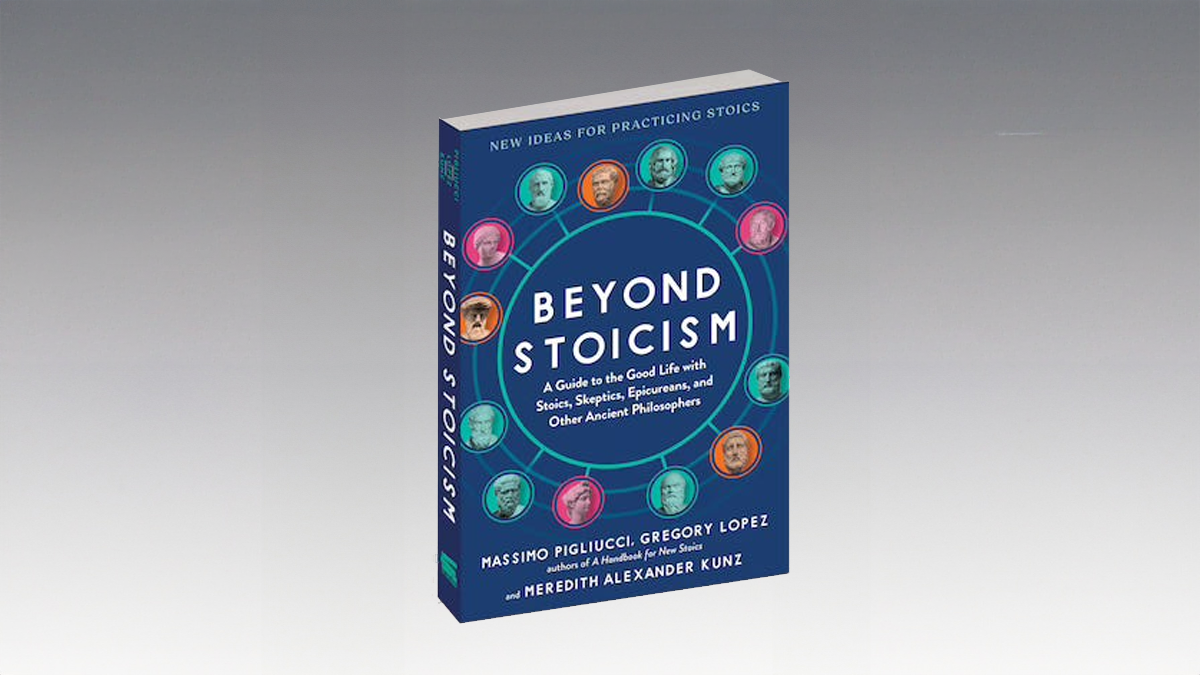The Age-Old Secret Of Behavior Change

Earlier today, I was speaking with a friend of mine about habit formation. In the middle of our conversation, he paused and told me: “The trick is to keep on going. You’ll make steps forward. Then you’ll fall back. But the trick is to keep on going — keep doing what you need to do.” Truer words could not be spoken. Sometimes in the midst of hype and complexity, you need to re-state old truths. This is one of them.
Outside of the medical world, where an intervention can instantly solve your problem, things are much messier. Things take time. A headache can be solved in 10 minutes by an aspirin. An infection can be quickly conquered with some antibiotics. But gambling addictions, or an inability to stick with an exercise plan, cannot be solved so readily. Behavior change is unpredictable. People are infinitely complex. The environments people live in are infinitely complex. Trying to predict how two complex things will interact is a daunting task.
This is one of the reasons that diets and exercise plans fail so often. When they do succeed, it’s often due to a committed and intelligent coach or therapist who can adapt to the complex situations of their clients in real time. Not everyone, however, has this luxury.
This is one of the reasons why simple instructions and principles work so well. No matter what environments people are in, they can use simple principles or instructions as their guides. For example, if you want to become healthier, you can vow to always stand over sitting. Instead of sitting on the bus, you stand. Instead of slumping back in a chair at work, you use a standing desk. This instruction, stand over sitting, is so simple that it can be applied in almost every context.
For every goal, there are sets of these simple principles or instructions that can get you there. If you want to learn more about psychology, you could decide to read on the topic for 15 minutes each day. You could also create and review five new flashcards each day. If you want to go to bed earlier, you could decide to get in bed 15 minutes earlier each day. You could also vow to stop drinking coffee after noon. Simple. In due time, both instruction sets would likely get you where you would need to be.
This approach is very similar to BJ Fogg’sTiny Habits program, where he has students determine the smallest behavior they can do toward their goals. Since the behaviors are so small, his students quickly form strong habits around them. But the changes don’t stop there. Once someone is consistently exercising each day, they’re much more likely to then do other exercises and related activities. For example, let’s say someone chooses “Do 10 pushups each morning” as their Tiny Habit. After a couple weeks, they might decide to up the number of pushups they’re doing, since doing 10 is now incredibly easy. They get up to 100 pushups each morning. Witnessing their new muscle definition and increased stamina, they decide that it’s time to sign up for a gym after all. As you can see, the small pushup habit can balloon into a larger set of fitness habits and behaviors.
This is why, in the world of human affairs, sticking to simple principles and prescriptions is usually the best path forward. When you’re taking small steps forward, it takes a while to get to the end of the road. You might fall one step, two steps back, but if you keep on walking along, you’ll still get there. It’s the old fable of the tortoise and the hare. This time, the tortoise still wins.
Image: Charly W. Karl





